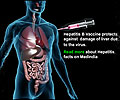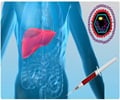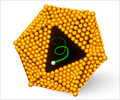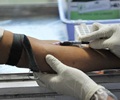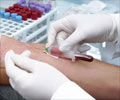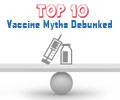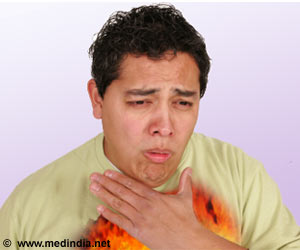Documentation of hepatitis B vaccination for health care students may fall short of current recommendations, says a study in the August issue of Infection Control and Hospital Epidemiology
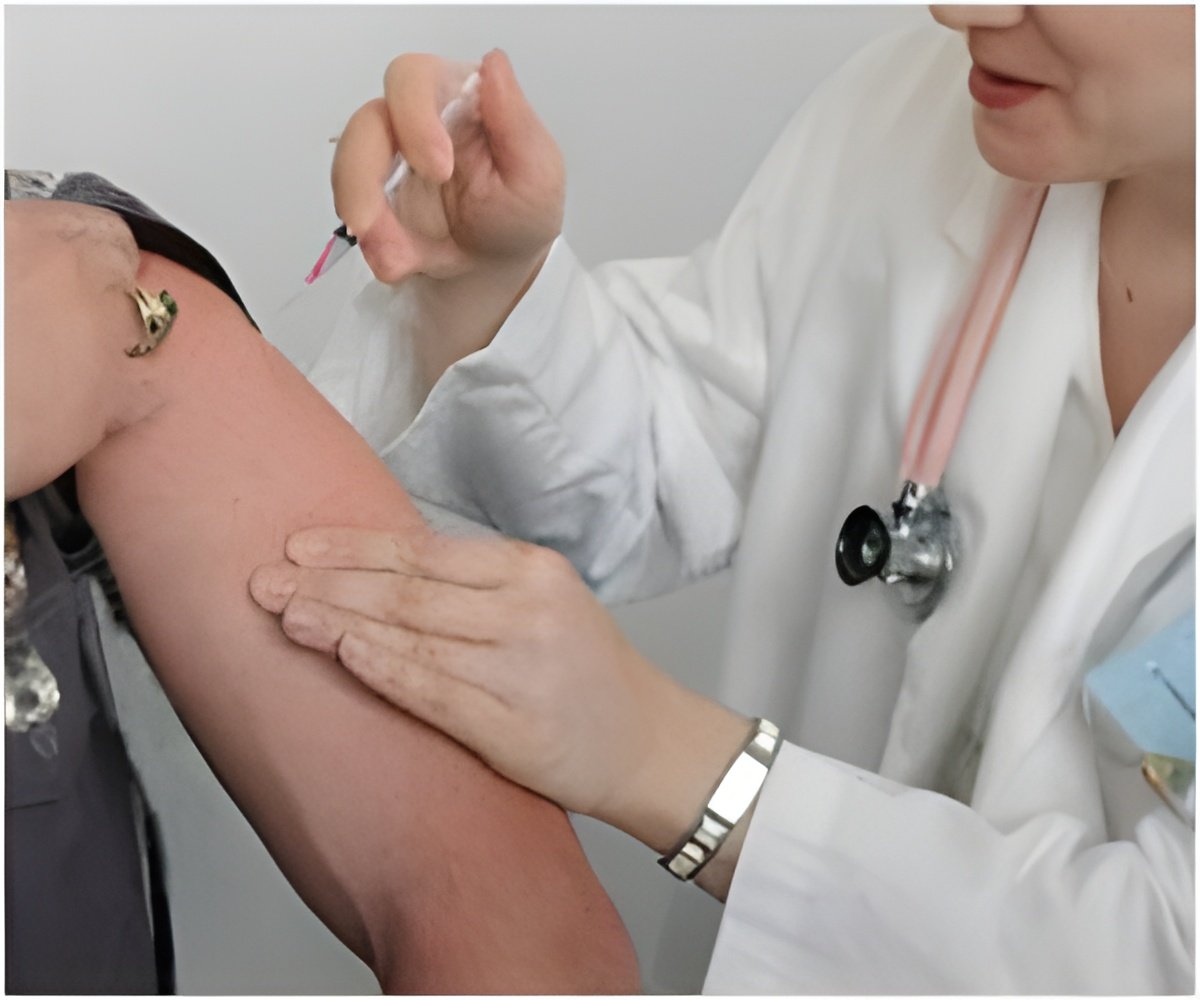
The study also found that very few students had been vaccinated during childhood according to the CDC and the Advisory Committee for Immunization Practices (ACIP) recommendations in effect at the time. In 1995, CDC and ACIP recommended routine vaccination of previously unvaccinated children aged 11-12 years, and vaccination for all children 18 and under in 1999. However, the majority of students with documented vaccination were only recently vaccinated, either during or a few years prior to matriculation.
CDC and ACIP currently recommend vaccinating all infants at birth, as well as all adolescents and at-risk adults who have not yet received the vaccine. Additionally, all health care workers who may be exposed to blood or blood-contaminated products should be both vaccinated for hepatitis B and tested for antibodies to ensure protection against infection.
Although health care students are exposed during their training to blood-borne pathogens, including hepatitis B, little or no information was available regarding hepatitis B vaccination coverage at matriculation among this group in the United States prior to the publication of this study, the researchers say.
Health care students are at risk of exposure to hepatitis B virus during their training and later during their career. Previous studies have documented frequent needle stick injuries among medical students, with 8 percent of occurrences involving a known hepatitis B carrier. Therefore, vaccination and documentation of protection would help decrease risk of infection.
The researchers caution that these results are limited to one university, and may not be generalizable to other institutions.
Advertisement
Source-Eurekalert

